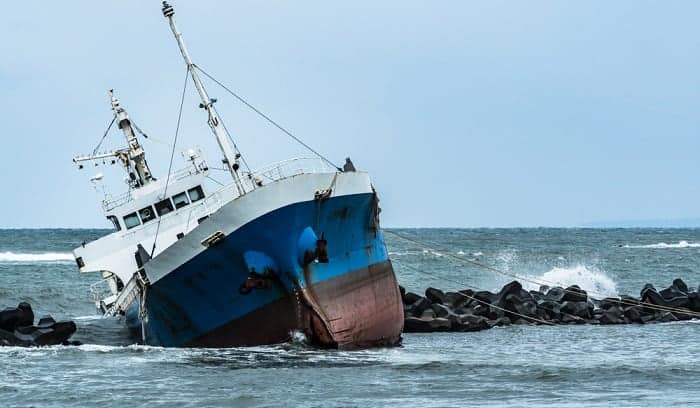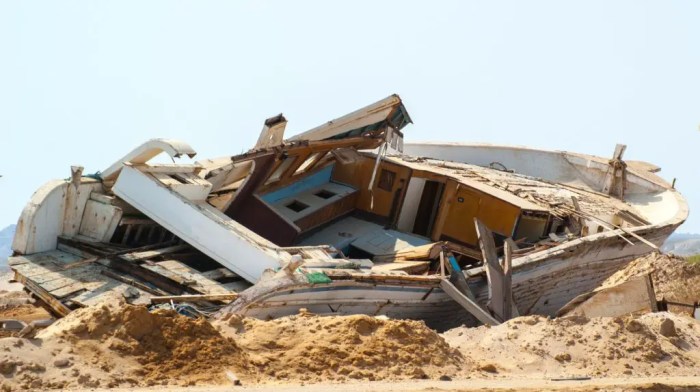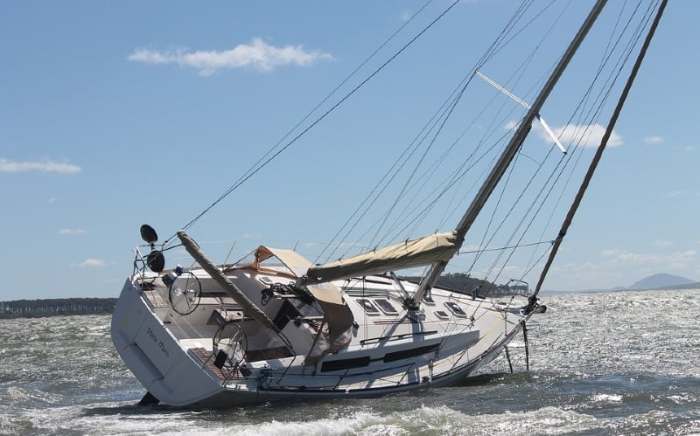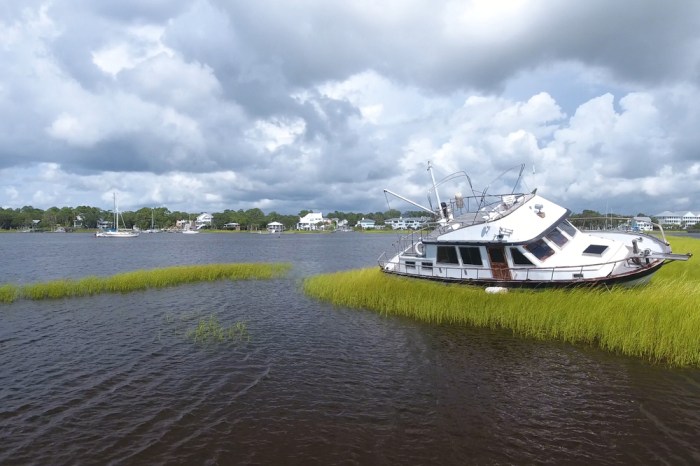When your boat runs aground at high speed, it can be a harrowing experience with potentially severe consequences. This article delves into the impact of grounding on your vessel, safety considerations for passengers and crew, environmental implications, recovery and salvage operations, insurance and liability concerns, and preventive measures to minimize the risk of such incidents.
Impact of Speed and Grounding
Grounding at high speed significantly increases the force of impact, resulting in more severe damage to the boat and its components. The impact force is directly proportional to the square of the speed, meaning that a boat traveling at twice the speed will experience four times the impact force.
This can cause extensive damage to the hull, engine, propeller, and other critical components.
The severity of damage depends on several factors, including the type of boat, impact angle, and underwater terrain. Boats with fiberglass hulls are more susceptible to damage than those with aluminum or steel hulls. Impacts at sharp angles can cause more damage than those at shallow angles.
Grounding on hard surfaces, such as rocks or coral reefs, can cause more damage than grounding on soft surfaces, such as sand or mud.
Safety Considerations

Grounding poses immediate safety concerns for passengers and crew. The impact can cause injuries, such as broken bones, lacerations, and head injuries. It can also cause the boat to sink or capsize, leading to drowning. The most important safety consideration is to evacuate the boat if it is sinking or capsizing.
Passengers and crew should wear life jackets and other safety gear at all times when on the water.
Environmental Impact

Grounding can have significant environmental consequences. Fuel spills can contaminate the water, harming marine life and ecosystems. Grounding can also damage coral reefs, seagrass beds, and other sensitive habitats. It is important to report grounding incidents to the appropriate authorities and to take steps to mitigate the environmental impact.
Recovery and Salvage

Recovering and salvaging a grounded boat can be a complex and challenging process. The methods used will depend on the size and type of boat, the location of the grounding, and the condition of the boat. Common methods include towing, lifting, and patching.
Recovery operations can be dangerous and should only be attempted by experienced professionals with the proper equipment.
Insurance and Liability

Most boat insurance policies cover grounding incidents. The amount of coverage will depend on the policy limits and the circumstances of the grounding. The boat operator may be held liable for damages if the grounding was caused by negligence or recklessness.
Preventive Measures: Your Boat Runs Aground At High Speed
There are several steps boaters can take to prevent grounding. These include using navigational aids, charts, and depth sounders to avoid shallow waters. Boat operators should also be aware of the tides and currents in the area they are boating.
Proper boat maintenance and inspection can also help to prevent grounding by ensuring that the boat is seaworthy.
FAQ Overview
What are the immediate safety concerns when a boat runs aground at high speed?
Immediate safety concerns include potential injuries to passengers and crew, the risk of the boat capsizing or sinking, and the need for prompt evacuation if the vessel is taking on water.
What factors influence the severity of damage to a boat that runs aground?
The severity of damage depends on factors such as the speed of impact, the angle of impact, the type and size of the boat, the underwater terrain, and the materials used in boat construction.
What are the common causes of grounding incidents?
Common causes of grounding include navigational errors, unfamiliarity with the waterway, excessive speed, improper lookout, and equipment failure.